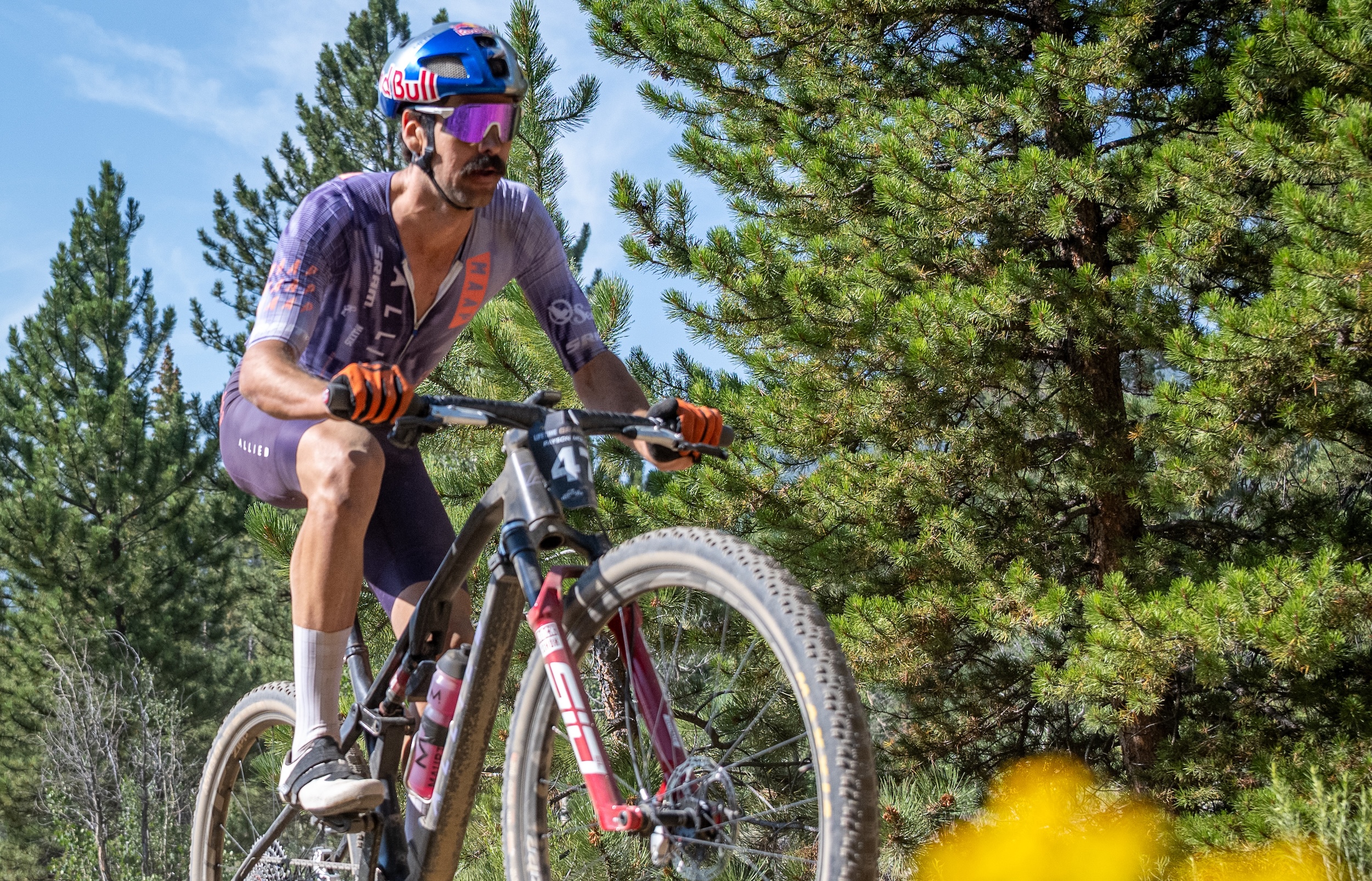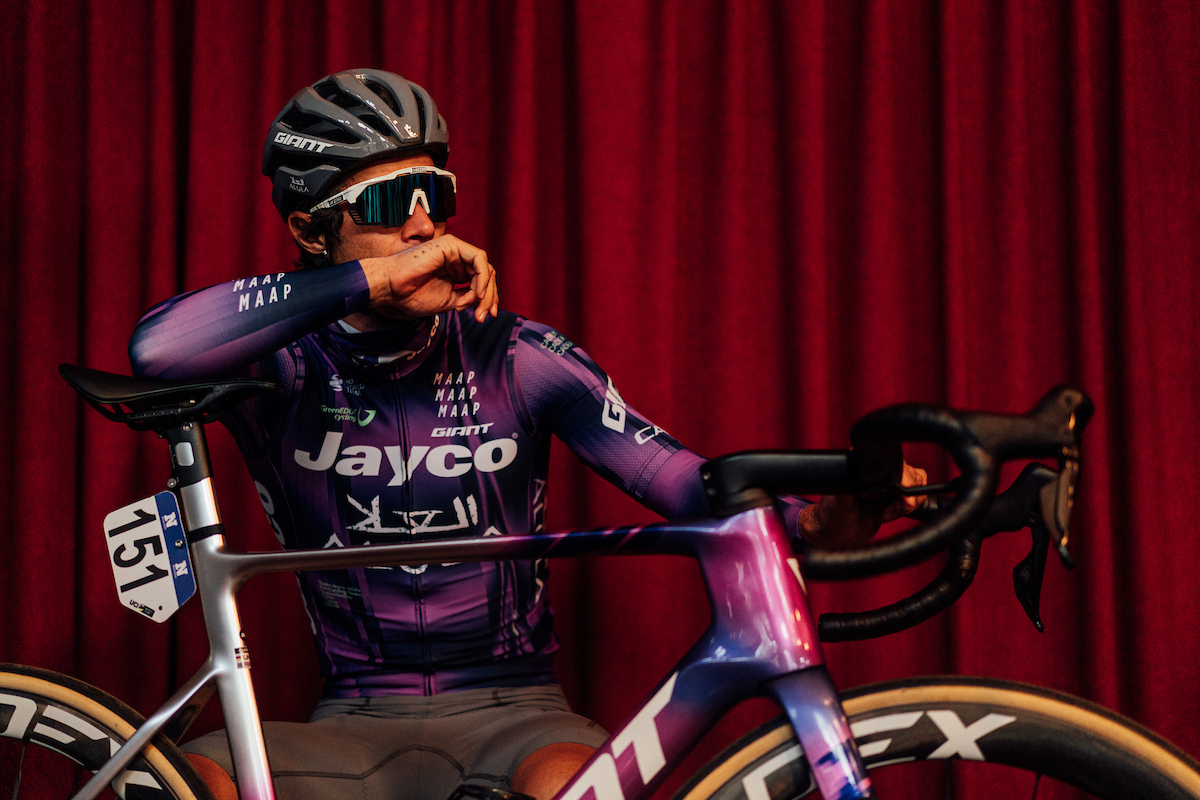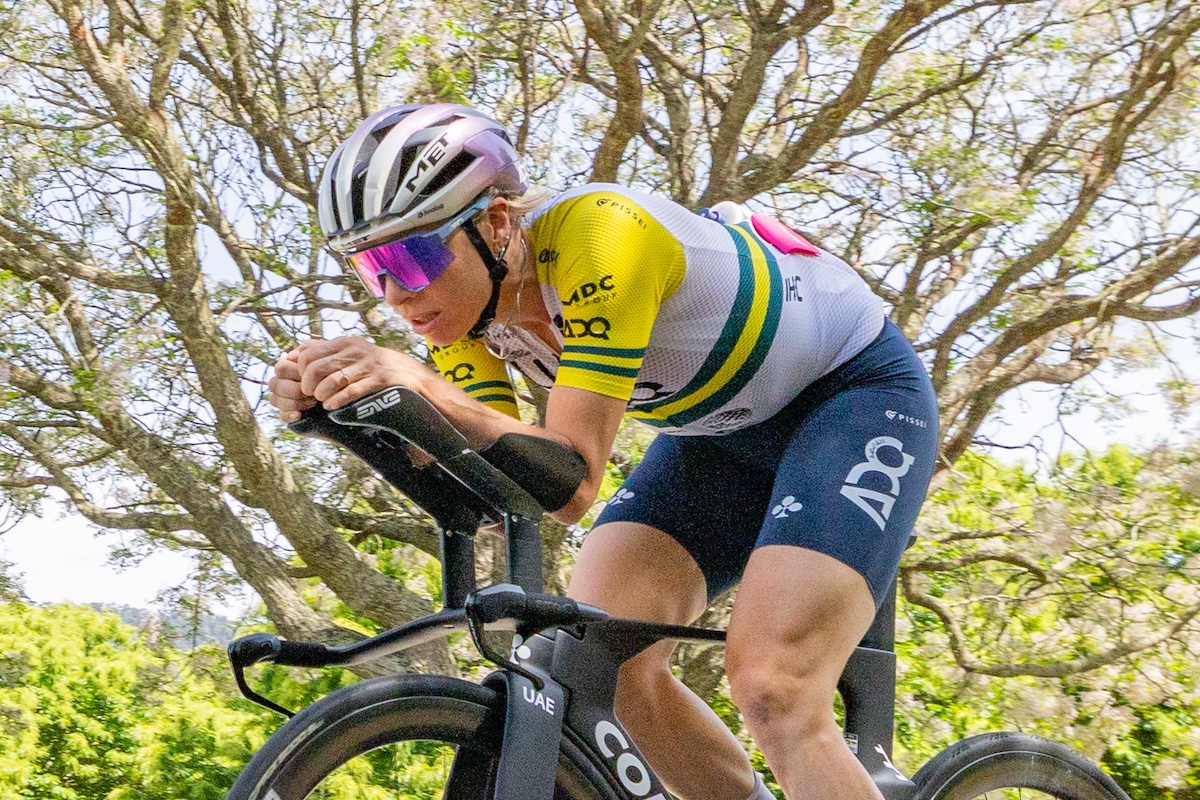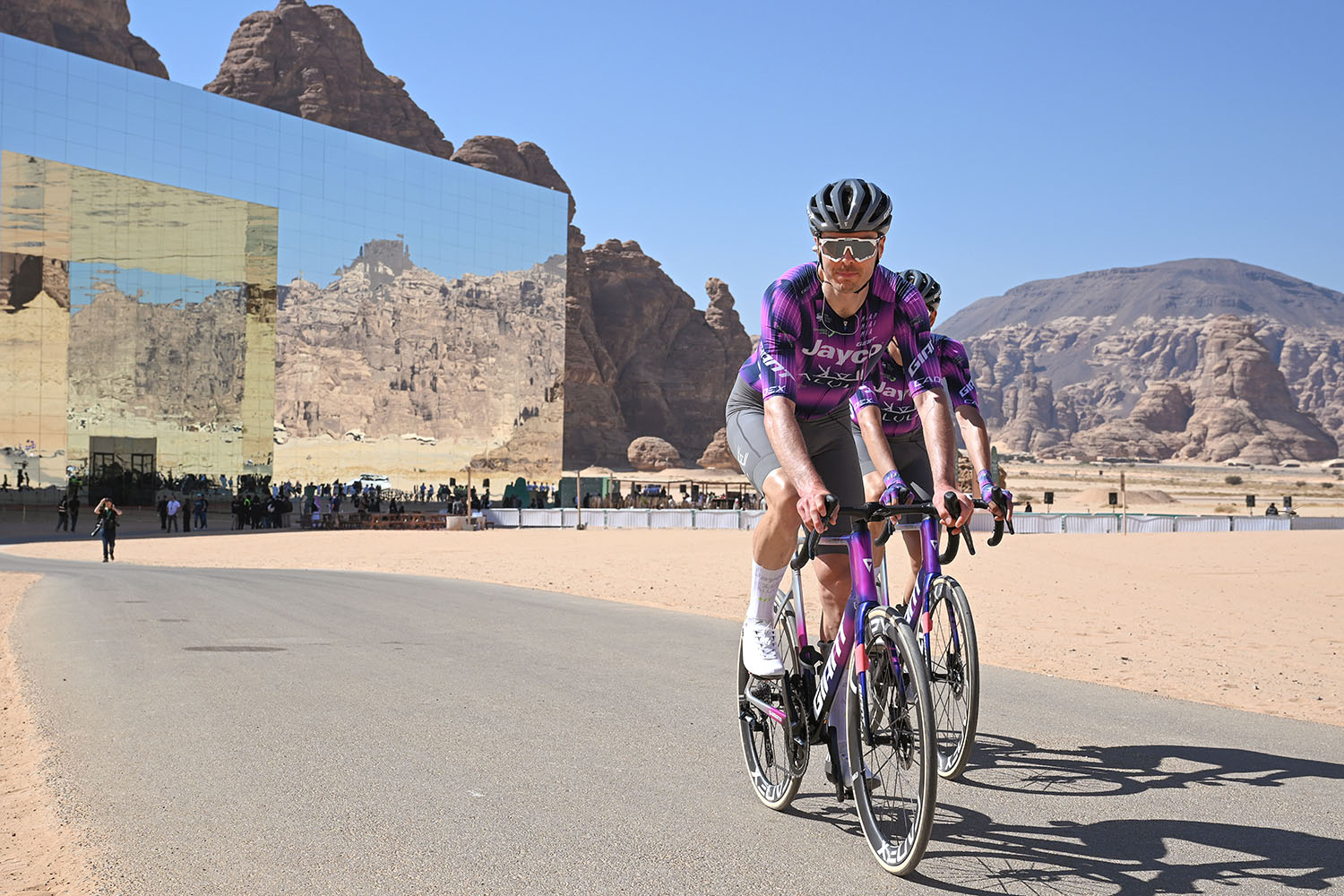2023 Vuelta a España faces brutally steep Wall of Catí on stage 8 - Preview
Rain likely for Saturday's lung-bursting final climb with 22% ramps
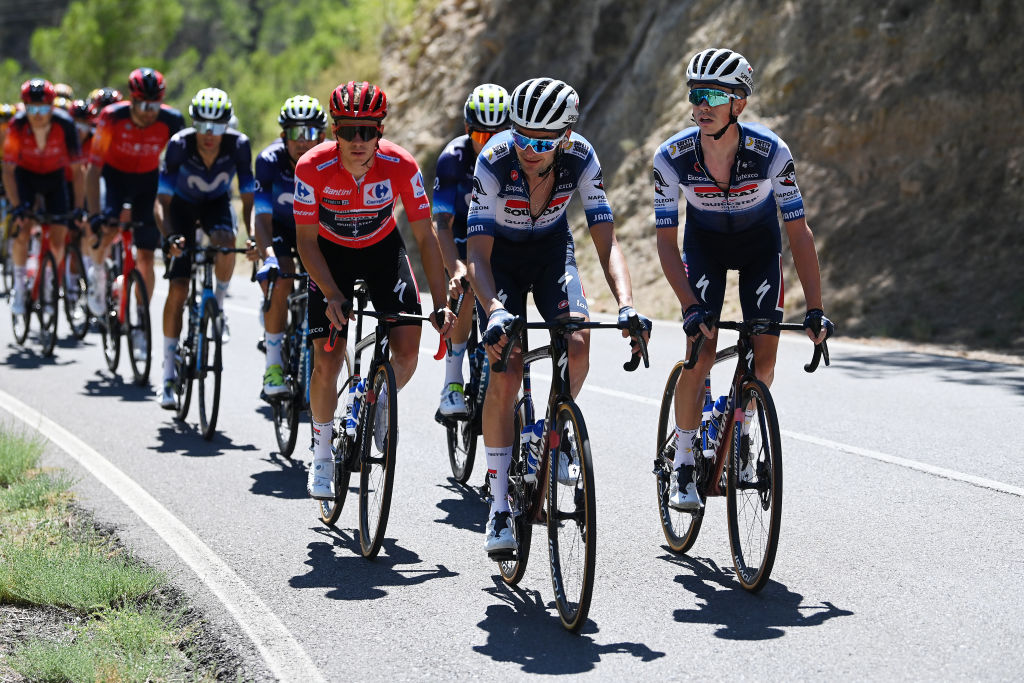
Stage 8: Dénia to Xorret del Catí
Date: September 2
Distance: 165km
Stage type: Mountain
In recent years, the Vuelta a España has made a habit of using daunting new ascents wherever it can find them, but on Saturday the Vuelta route returns to one of its old favourites, the Xorret de Catí 'wall'.
Less than four kilometres long but often compared to the side of a house in terms of difficulty, the climb in south-east Spain was first tackled in 1998, with legendary Spanish climber Jose María Jiménez taking both the stage win and the lead and Lance Armstrong, in the year of his comeback from cancer, finishing fourth.
Since then Catí has been visited five times by the Vuelta a España, as well as other races. A bronze statue and plaque at the summit used to commemorate the previous winners before being stolen this spring - no easy task, considering the statue weighed 300 kilos.
The latest race content, interviews, features, reviews and expert buying guides, direct to your inbox!
Statue or no statue at the top, the quest for a successor to the most recent winner at Xorret de Cati, Julian Alaphilippe (Soudal-QuickStep) in 2017, is set for Saturday. The climb remains just as it has been for the last 25 years: a narrow, poorly surfaced approach road leading to a narrow, poorly surfaced ascent with some lung-burstingly difficult ramps of up to 22%.
Always tackled from its northern side, the finish is never situated at its summit, because the terrain is too irregular and rocky even for the Vuelta organisation - which seems to relish such challenges - to try. Instead, a rapid, not excessively technical descent with just a couple of corners leads to the finish line that is situated outside the hotel and restaurant at the foot of the climb on its southerly approach road.
Ranked category 1 and with an average gradient of 11 %, the Xorret de Catí will be preceded by no less than five classified ascents: three category 2 and one category 3 climbs, and there is a respectable total of nearly 4,000 metres of climbing in the 165km stage.
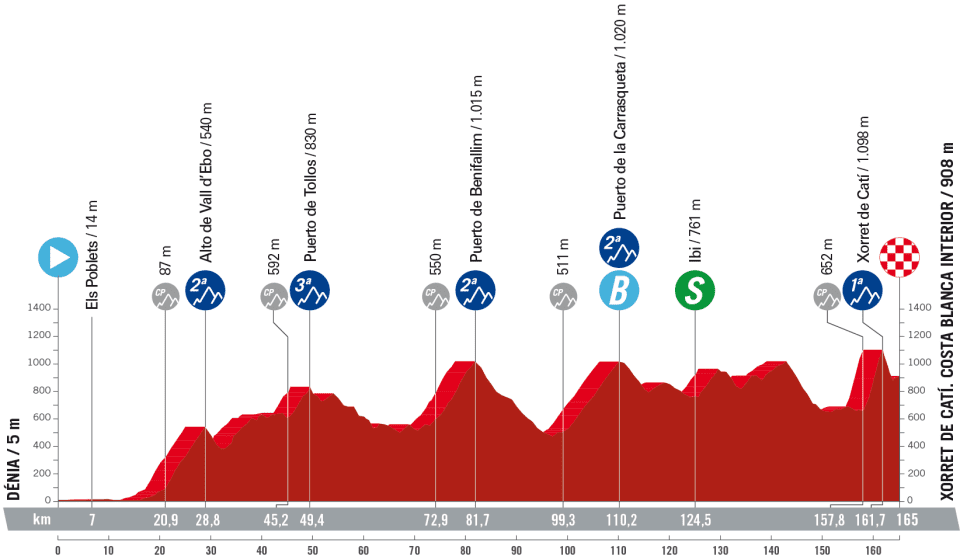
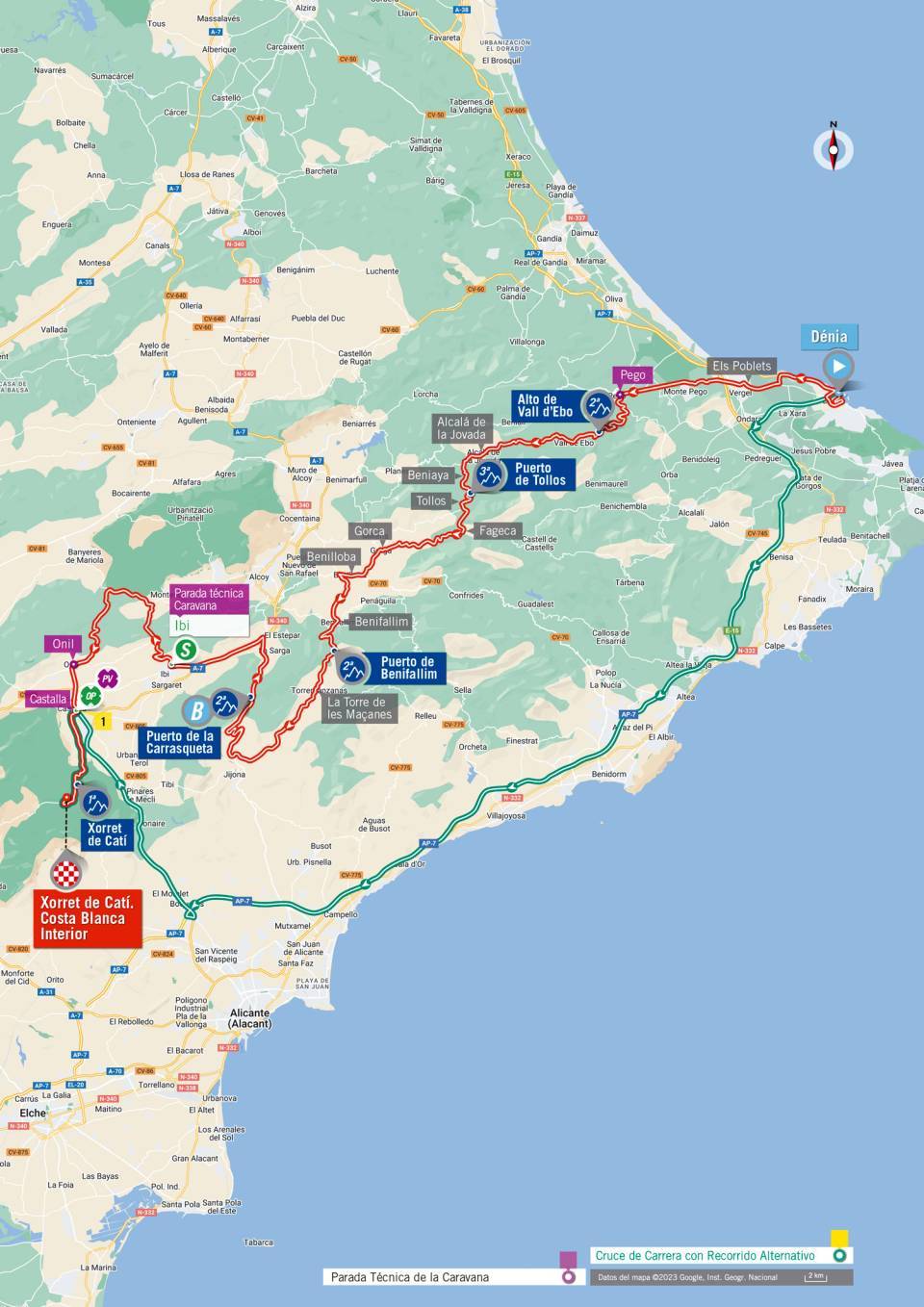
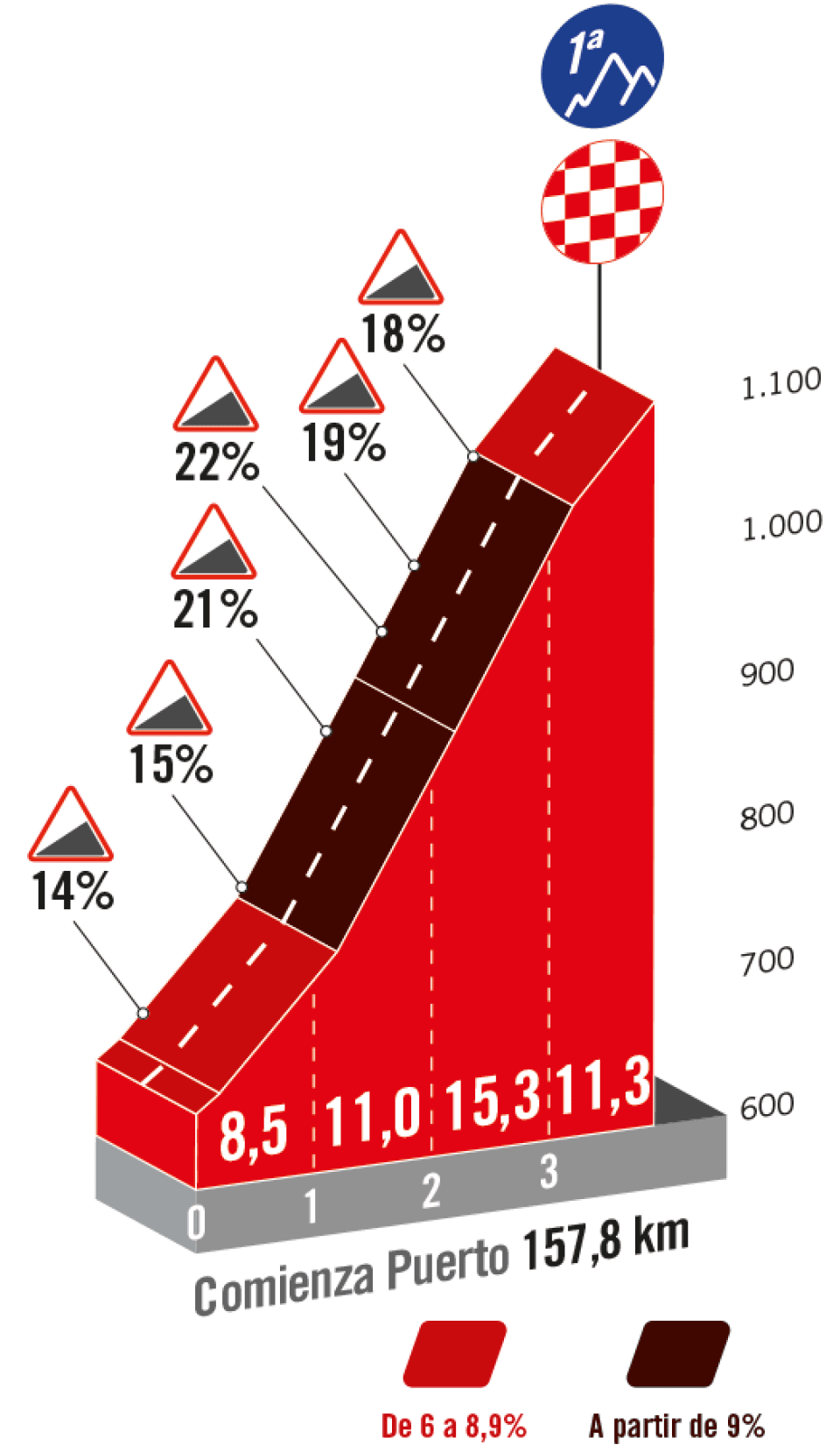
"None of these climbs are excessively difficult," says retired pro Ruben Plaza, hailing from the local town of Ibi and who knows the area like the back of his hand, "but it's a day with barely a metre of flat all day."
As the former Tour and Vuelta stage winner now working as a sports director for the Israel-Premier Tech Continental team points out to Cyclingnews, "If the stage starts fast, then that kind of terrain is perfect for an early ambush."
In the second half of the stage, after the category 2 Puerto de la Carresqueta at km 110, the route is constantly undulating, Plaza says, with the teams that do winter training camps nearby in Valencia much more likely to know these tricky, twisting roads than those based in Calpe further south.
"They go up the unclassified Puerto de Ibi climb (km 124.5) near my home, then there's another unclassified one and finally a very fast, five-kilometre descent down to the towns of Oñil and Castalla, this last one at the foot of Xorret de Catí itself. It's up and down all the time and all these roads can do a lot of damage if there are teams that want to play hard before the Catí."
As for the forecasts of heavy rain late in the day, Plaza says it would be anything but unusual for the end of the Spanish summer in the region. "At this time of year, you often get these big storms, which don't last that long, but there's a lot of rain in a very short space of time and they can be pretty wild.
"If there happens to be a storm when the bunch is on one of the descents, it could have a big knock-on effect in the climbs that follow."
After leaving Castalla, the last town before Catí, the final two flat kilometres run along a rough, narrow lane that will line out the bunch and make positioning crucial before the climb itself.
Then it's onto the climb. "It's only about three kilometres long in total, maybe a bit more, so it doesn't look like much. There's a first tough section of around 300 metres, with percentages of around 12%, then a bit of false flat of 200 metres, but then when you turn right, the really hard part is about a kilometre and a half long, very steady all the way up at 18%, 20%, 22%."
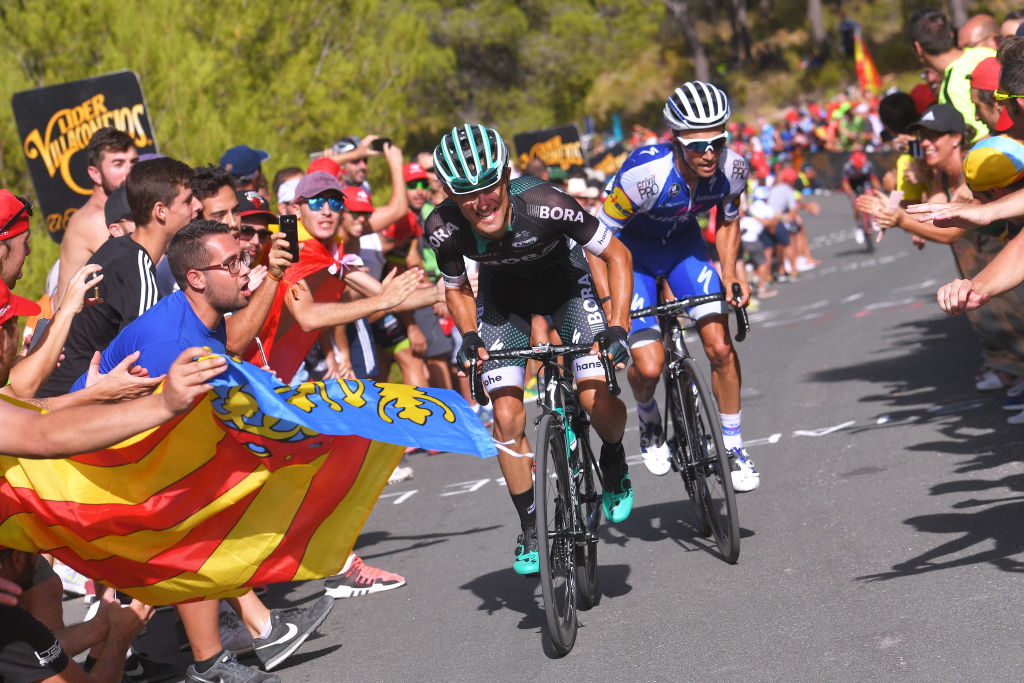
Right at the top the gradient eases notably, Plaza says. "It drops down to 5% or maybe less. And then once you go over the top, there's 1,500 metres with a couple of corners, one of them is pretty tricky, but it's not that hard. You get a gap at the top, that's the gap you'll have at the bottom. There's no time to catch up again."
Plaza describes the road surface on Catí as "not overly bad, but nowhere near good, either. You get the typical ruts and rises caused by tree roots coming across the road and so on. The tarmac's not new."
The climb sounds very daunting, but he says, "These days almost all the riders already have the gears fitted that they'll need, they won't need anything special. A 36x30 should be enough."
So how much damage will the Xorret de Catí 'wall' do? Plaza says it all depends on what's happened previously in the stage.
"This isn't the Angliru, it's short, and it won't do damage in itself.
"So if there's been a break that goes early on and the race is going along steadily behind, then it won't be so significant. You just focus on a few minutes of pain on the Catí, you mentalize yourself for that, and by and large, you'll come out the other side more or less OK."
"On the other hand, if there has been a big fight beforehand, and there's certainly the terrain for that to happen, we could see some important differences on GC.
"It's like what happened on Javalambre on Thursday: the front group blew apart, but not because of the climb itself, but because the race had been so hard even before they got there."
Alasdair Fotheringham has been reporting on cycling since 1991. He has covered every Tour de France since 1992 bar one, as well as numerous other bike races of all shapes and sizes, ranging from the Olympic Games in 2008 to the now sadly defunct Subida a Urkiola hill climb in Spain. As well as working for Cyclingnews, he has also written for The Independent, The Guardian, ProCycling, The Express and Reuters.
Latest on Cyclingnews
-
Payson McElveen unveils film about 'once-in-a-lifetime' ride, finishing 242 miles of New Zealand trails with 25,000 feet of climbing in 24 hours
US rider says 'it was a surreal feeling' when he finished with 25 minutes to spare -
'I honestly feel there are bigger things to come' - Michael Matthews has renewed enthusiasm for cycling and for life after pulmonary embolism scare
Jayco-AlUla leader on his return to training and his love-hate relationship with Milan-San Remo -
'This is the training race … but it doesn't mean that I'm not going to go all out' – Brodie Chapman chases intensity at Tour of Bright ahead of key January goals in Australia
Australian time trial champion adapts to schedule change with additional race -
'Proud of my progression' – Mountain bike world champion Alan Hatherly prepared for sophomore season of WorldTour road racing
South African racer continues to balance road at Jayco-AlUla with MTB in 2026 keeping an eye on race wins and building for the 2028 Olympic Games

